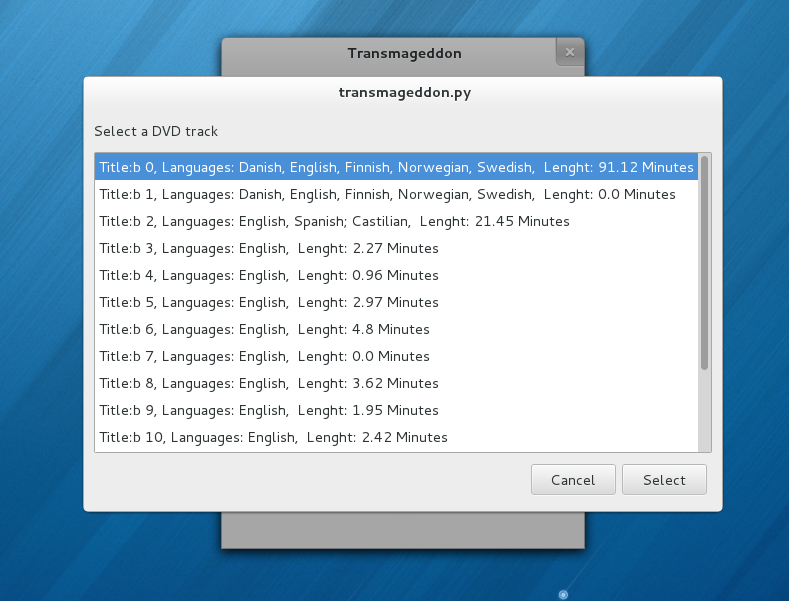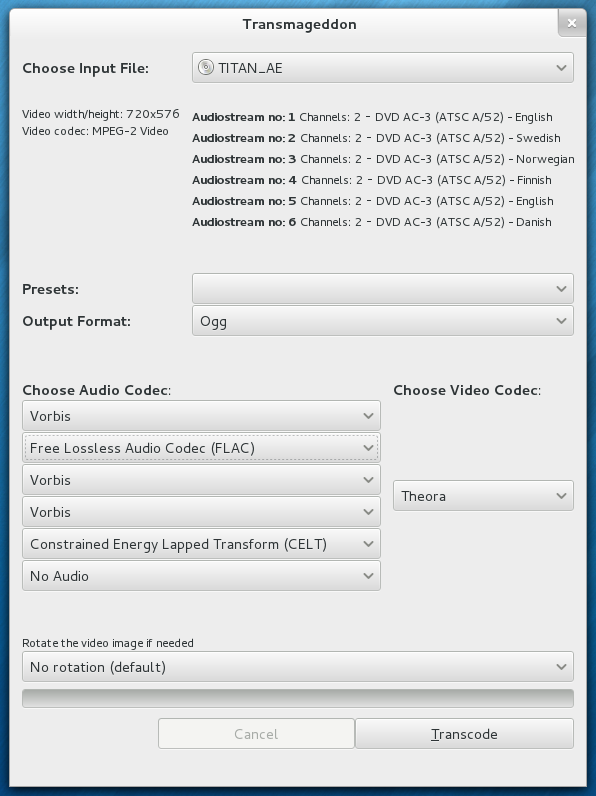We sometimes grumble a bit about Google in the community when they do things we feel are not generally helpful to the overall community. But I think we should be equally good at saying thanks when Google do great things. So thanks to our LibreOffice superstar Caolán McNamara I was made aware that Google has released two new open fonts along with Chrome. So what is so exciting about a new font you say?
Well one of them, called Carlito, is metrically compatible with the current MS default font called Calibri. You can get the font here. It is licensed under the OFL 1.1.
So for those wondering what metrically compatible means, I for sure did when I first heard the term, it basically mean that while the individual glyphs in the font doesn’t look like the Calibri font (that would not be legal), each individual letter has the same height and width as their Calibri counterpart. This means that if you import a document using Calibri into LibreOffice and you don’t have Calibri or a metrically compatible font installed, your document layout would change as the font LibreOffice would need to use instead have letters that might in general be slightly wider for instance. So with Carlito installed this will no longer be a problem, the glyphs might look a bit different, but you can be sure that the overall layout stays the same.
And for certain professions that can be crucial, for instance try speaking to the legal team of your company about them using LibreOffice and they are likely to tell you that they will only do that if they can feel certain that when another lawyer sends them a contract, the layout will not change when they view it, as such changes could at least potentially be the cause of a dispute over the meaning of a paragraph. (That worry was probably the main reason the legal profession stayed with Word Perfect for such a long time, when the rest of the world had moved on.)
So we are now going to get this new font packaged for Fedora and Red Hat Enterprise Linux so soon as possible, to make your productivity experience even better :)
So thank you Google, this is much appreciated!


